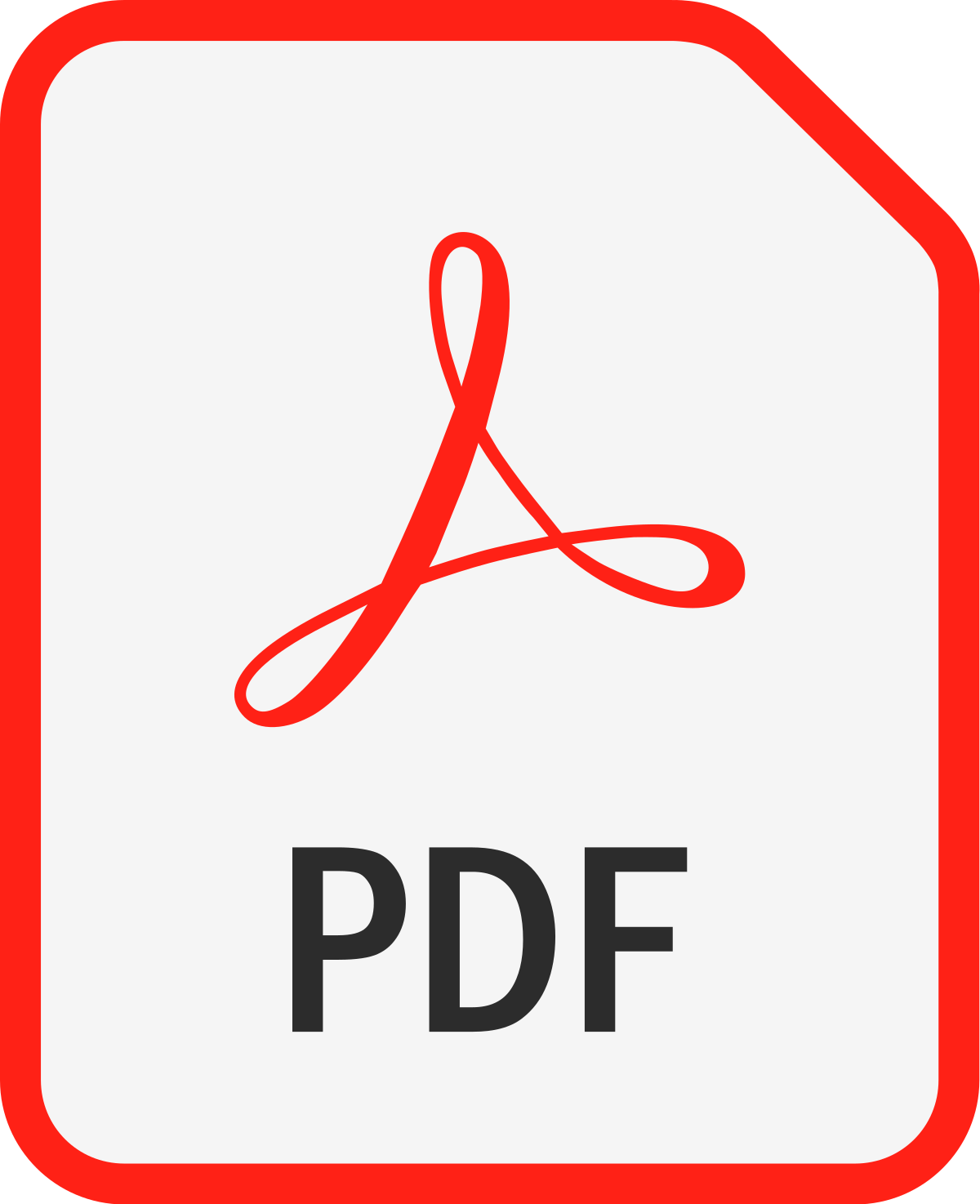Home > CSC-OpenAccess Library > Manuscript Information
EXPLORE PUBLICATIONS BY COUNTRIES |
 |
| EUROPE | |
| MIDDLE EAST | |
| ASIA | |
| AFRICA | |
| ............................. | |
| United States of America | |
| United Kingdom | |
| Canada | |
| Australia | |
| Italy | |
| France | |
| Brazil | |
| Germany | |
| Malaysia | |
| Turkey | |
| China | |
| Taiwan | |
| Japan | |
| Saudi Arabia | |
| Jordan | |
| Egypt | |
| United Arab Emirates | |
| India | |
| Nigeria | |
Reversing Hurford’s Packing Strategy using Arithmetic Criteria - A Numeral Decomposer for Incremental Unsupervised Grammar Induction
Isidor Konrad Maier, Matthias Wolff
Pages - 35 - 70 | Revised - 31-08-2025 | Published - 01-10-2025
MORE INFORMATION
KEYWORDS
Numeral Words, Hurdford's Packing Strategy, Numeral Decomposition, Incremental
Grammar Induction, Context Sensitivity in Numerals.
ABSTRACT
This paper presents a novel numeral decomposer based on arithmetic criteria. It enables a new automatic learning process for numeral grammars that is universally applicable to all languages, as it is based on fundamental, language-independent arithmetic properties. Specifically, the arithmetic criteria depend on Hurford’s Packing Strategy but not on a base-10 assumption. Hurford’s Packing Strategy constitutes numerals by packing factors and summands to multipliers. We found out that a numeral of value ? has a multiplier larger than √n, a summand smaller than n/2 and a factor smaller than √n. Using these findings, the numeral decomposer attempts to detect and unpack factors and summands in order to reverse Hurford’s Packing Strategy. We tested applicability for incremental unsupervised grammar induction in 257 languages. In this way, we obtained grammars with sensible mathematical attributes that explain the structure of numerals. The grammars induced by the numeral decomposer are often close to expert-made and more compact than numeral grammars induced by the modern state-of-the-art grammar induction tool GITTA. Furthermore, this paper contains a report about the few cases of incorrectly induced mathematical attributes, which are often linked to linguistic peculiarities like context sensitivity.
| Akinadé, O. O., & Ọdẹ́jọbí, Ọ. A. (2014). Computational modelling of yorùbá numerals in a numberto-text conversion system. Journal of Language Modelling, 2(1), 167-211. | |
| Alkhazi, I. S. B. (2019). Compression-based parts-of-speech tagger for the arabic language. International Journal of Computational Linguistics (IJCL), 10, 1-15. https://www.cscjournals.org/library/manuscriptinfo.php?mc=IJCL-95. | |
| Andersen, H. (2004). The plasticity of universal grammar. Convergence. Interdisciplinary Communications, 2005, 216. | |
| Anderson, C. (2019). Numerical approximation using some. Proceedings of Sinn und Bedeutung,19, 54-70. https://ojs.ub.uni-konstanz.de/sub/index.php/sub/article/view/221. | |
| Brainerd, B. (1966). Grammars for number names. Foundations of Language, 2(2), 109-133. Retrieved March 14, 2025, from http://www.jstor.org/stable/25000213. | |
| Carroll, G., & Charniak, E. (1992). Two experiments on learning probabilistic dependency grammars from corpora. Department of Computer Science, Univ. https : / / doi . org / 10 . 5555 /864689. | |
| Chorozoglou, Z., G., N. Z., E. C., Papakitsos, Galiotou, E., & Giovanis, A. (2021). Review of parsing in modern greek - a new approach. International Journal of Computational Linguistics (IJCL), 12, 1-8. https://www.cscjournals.org/library/manuscriptinfo.php?mc=IJCL-119. | |
| Derzhanski, I. (2025). Fifty-eight. Proceedings of the Annual International Conference of the Institute for Bulgarian Language. https://doi.org/10.7546/ConfIBL2025.16. | |
| Derzhanski, I., & Veneva, M. (2018). Linguistic problems on number names. Proceedings of the Third International Conference on Computational Linguistics in Bulgaria (CLIB 2018), 169-176. https://www.researchgate.net/publication/324362714_Linguistic_Problems_on_Number_Names. | |
| Derzhanski, I., & Veneva, M. (2020). Generating natural language numerals with TeX. Proceedings of the Fourth International Conference on Computational Linguistics in Bulgaria (CLIB2020), 112-120. https://aclanthology.org/2020.clib-1.12/. | |
| Dékány, É. (2025). Anatomy of a complex numeral: Overcounting, with special attention to ch’ol. https://doi.org/https://doi.org/10.7280/S9RV0KRH. | |
| Drozdov, A., Verga, P., Yadav, M., Iyyer, M., & McCallum, A. (2019). Unsupervised latent tree induction with deep inside-outside recursive autoencoders [ArXiv]. https://arxiv.org/abs/1904.02142. | |
| Dryer, M. S., & Haspelmath, M. (Eds.). (2013). Wals online (v2020.4). Zenodo. https://doi.org/10.5281/zenodo.13950591. | |
| Flach, G., Holzapfel, M., Just, C., Wachtler, A., & Wolff, M. (2000). Automatic learning of numeral grammars for multi-lingual speech synthesizers. 2000 IEEE International Conference on Acoustics, Speech, and Signal Processing. Proceedings (Cat. No. 00CH37100), 3, 1291-1294. https://doi.org/10.1109/ICASSP.2000.861814. | |
| Friedman, D., Wettig, A., & Chen, D. (2022). Finding dataset shortcuts with grammar induction. Empirical Methods in Natural Language Processing (EMNLP). https://doi.org/10.18653/v1/2022.emnlp-main.293. | |
| Gil, D. (2013a). Distributive numerals (v2020.4). In M. S. Dryer & M. Haspelmath (Eds.), The world atlas of language structures online. Zenodo. https://doi.org/10.5281/zenodo.13950591. | |
| Gil, D. (2013b). Numeral classifiers (v2020.4). In M. S. Dryer & M. Haspelmath (Eds.), The world atlas of language structures online. Zenodo. https://doi.org/10.5281/zenodo.13950591. | |
| Graben, P. b., Römer, R., Meyer, W., Huber, M., & Wolff, M. (2019). Reinforcement learning of minimalist numeral grammars. 2019 10th IEEE International Conference on Cognitive Info communications(CogInfoCom), 67-72. https://doi.org/10.1109/CogInfoCom47531.2019.9089924. | |
| Hammarström, H. (2008). Deduction of Numeral Grammars. https://www.academia.edu/3142323/Deduction_of_Numeral_Grammars. | |
| Htut, P. M., Cho, K., & Bowman, S. R. (2018). Grammar induction with neural language models: An unusual replication [ArXiv]. https://arxiv.org/abs/1808.10000. | |
| Hurford, J. (2007). A performed practice explains a linguistic universal: Counting gives the packing strategy. Lingua, 117, 773-783. https://doi.org/10.1016/j.lingua.2006.03.002. | |
| Hurford, J. (2011). The linguistic theory of numerals (Vol. 16). Cambridge University Press. https://doi.org/10.1017/S0022226700005776. | |
| In K. Duh, H. Gomez, & S. Bethard (Eds.), Findings of the association for computational linguistics: Naacl 2024 (pp. 1113-1123). Association for Computational Linguistics. https://doi.org/10.18653/v1/2024.findings-naacl.70. | |
| Ionin, T., & Matushansky, O. (2006). The Composition of Complex Cardinals. Journal of Semantics, 23(4), 315-360. https://doi.org/10.1093/jos/ffl006. | |
| Ivani, J. K. (2017). The morpho syntax of number systems: A cross-linguistic study [Doctoral dissertation, Università degli studi di Bergamo]. | |
| Jon-And, A., & Michaud, J. (2024). Usage-based grammar induction from minimal cognitive principles. Computational Linguistics, 50(4), 1375-1414. https://doi.org/10.1162/coli_a_00528. | |
| Khamdamov, U., Mukhiddinov, M., Akmuradov, B., & Zarmasov, E. (2020). A novel algorithm of numbers to text conversion for uzbek language tts synthesizer. 2020 International Conference on Information Science and Communications Technologies (ICISCT), 1-5. https://doi.org/10.1109/ICISCT50599.2020.9351434. | |
| Kim, Y., Dyer, C., & Rush, A. (2019, July). Compound probabilistic context-free grammars for grammar induction. In A. Korhonen, D. Traum, & L. Màrquez (Eds.), Proceedings of the57th annual meeting of the association for computational linguistics (pp. 2369-2385). Association for Computational Linguistics. https://doi.org/10.18653/v1/P19-1228. | |
| Klein, D., & Manning, C. D. (2001). Natural language grammar induction using a constituent context model. In T. Dietterich, S. Becker, & Z. Ghahramani (Eds.), Advances in neural information processing systems (Vol. 14). MIT Press. https : / / proceedings . neurips cc /paper_files/paper/2001/file/2d00f43f07911355d4151f13925ff292-Paper.pdf. | |
| Li, B., Corona, R., Mangalam, K., Chen, C., Flaherty, D., Belongie, S., Weinberger, K., Malik, J., Darrell, T., & Klein, D. (2024, June). Re-evaluating the need for visual signals in unsupervised grammar induction. | |
| Maier, I. K. (2023). Numeral Decomposer 1.1 [GitHub]. https://github.com/ikmMaierBTUCS /Numeral-Decomposer-1.1/. | |
| Maier, I., & Wolff, M. (2022). Poster: Decomposing numerals. EUNICE Science Dissemination: Poster Competition. https://doi.org/10.5281/zenodo.7501698. | |
| Manning, C. D., Raghavan, P., & Schütze, H. (2008). Introduction to information retrieval. Cambridge University Press. | |
| Martí, L. (2020). Numerals and the theory of number. Semantics and Pragmatics, 13(3), 1-57.https://doi.org/10.3765/sp.13.3. | |
| Mendia, J. A. (2018). Epistemic numbers. Proceedings of SALT, 28. https://doi.org/10.3765/salt.v28i0.4433. | |
| Muralidaran, V., Spasic, I., & Knight, D. (2021). A systematic review of unsupervised approaches to grammar induction. Natural Language Engineering, 27, 647-689. https://doi.org/10.1017/S1351324920000327. | |
| Rhoda, I. A. (2017). Computational analysis of igbo numerals in a number-to-text conversion system. Journal of Computer and Education Research, 5(10), 241-254. https://doi.org/10.18009/jcer.325804. | |
| Seginer, Y. (2007, June). Fast unsupervised incremental parsing. In A. Zaenen & A. van den Bosch(Eds.), Proceedings of the 45th annual meeting of the association of computational linguistics(pp. 384-391). Association for Computational Linguistics. https://aclanthology.org/P07-1049/. | |
| Shen, Y., Tan, S., Sordoni, A., & Courville, A. (2019). Ordered neurons: Integrating tree structures into recurrent neural networks [ArXiv]. https://doi.org/10.48550/arXiv.1810.09536. | |
| Sproat, R. (2022). Boring Problems Are Sometimes the Most Interesting. Computational Linguistics,48(2), 483-490. https://doi.org/10.1162/coli_a_00439. | |
| Stolcke, A., & Omohundro, S. M. (1994). Inducing probabilistic grammars by bayesian model merging[ArXiv]. https://api.semanticscholar.org/CorpusID:7324510. | |
| Stolz, T., & Veselinova, L. N. (2013). Ordinal numerals (v2020.4). In M. S. Dryer & M. Haspelmath (Eds.), The world atlas of language structures online. Zenodo. https://doi.org/10.5281/zenodo.13950591. | |
| Sumamo, J. S., & Teferra, S. (2018). Designing a rule based stemming algorithm for kambaata language text. International Journal of Computational Linguistics (IJCL), 9, 41-54. https://www.cscjournals.org/library/manuscriptinfo.php?mc=IJCL-93. | |
| Veselinova, L. N. (2020). Numerals in morphology. Oxford Research Encyclopedia of Linguistics. https://doi.org/10.1093/acrefore/9780199384655.013.559. | |
| Wagner, R. A., & Fischer, M. J. (1974). The string-to-string correction problem. Journal of the ACM,21(1), 168-173. https://doi.org/10.1145/321796.321811. | |
| Winters, T., & Raedt, L. D. (2020). Discovering textual structures: Generative grammar induction using template trees [ArXiv]. https://arxiv.org/abs/2009.04530. | |
| Zabbal, Y. (2005). The syntax of numeral expressions. Ms., University of Massachusetts, Amherst. https://api.semanticscholar.org/CorpusID:214631884. | |
| Zhao, Y., Fei, H., Wu, S., Zhang, M., Zhang, M., & Chua, T.-s. (2025). Grammar induction from visual, speech and text [ArXiv]. https://arxiv.org/abs/2410.03739. | |
| Žoha, L., Wągiel, M., & Caha, P. (2022). The morphology of complex numerals: A cross-linguistic study. LingBaW. Linguistics Beyond and Within, 8, 200-217. | |
Mr. Isidor Konrad Maier
Chair of Communication Engineering, Brandenburg University of Technology Cottbus – Senftenberg, DE-03046, Cottbus/Chosebuz, Siemens-Halske-Ring 14 - Germany
maier@b-tu.de
Mr. Matthias Wolff
Chair of Communication Engineering, Brandenburg University of Technology Cottbus – Senftenberg, DE-03046, Cottbus/Chosebuz, Siemens-Halske-Ring 14 - Germany
|
|
|
|
| View all special issues >> | |
|
|



